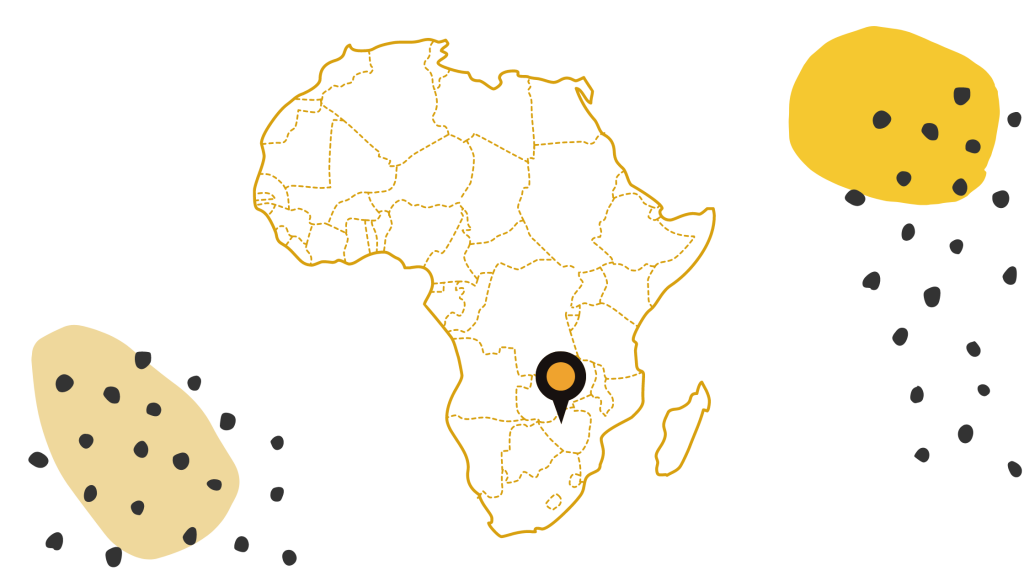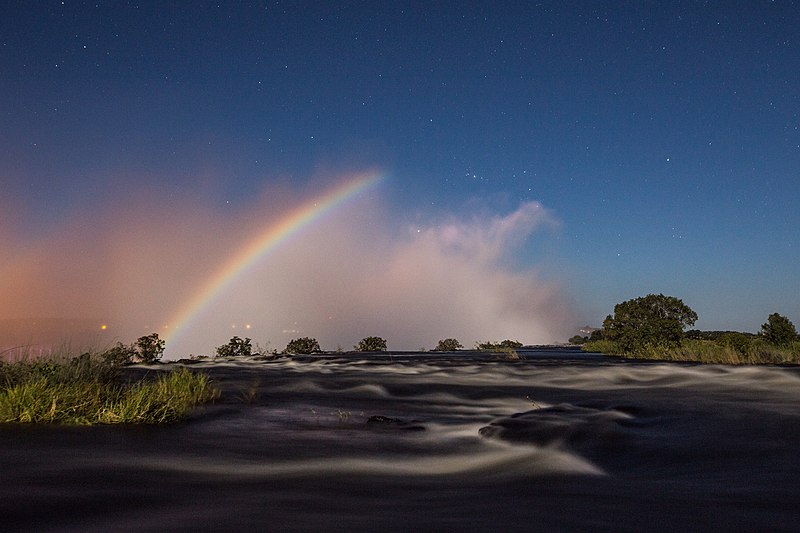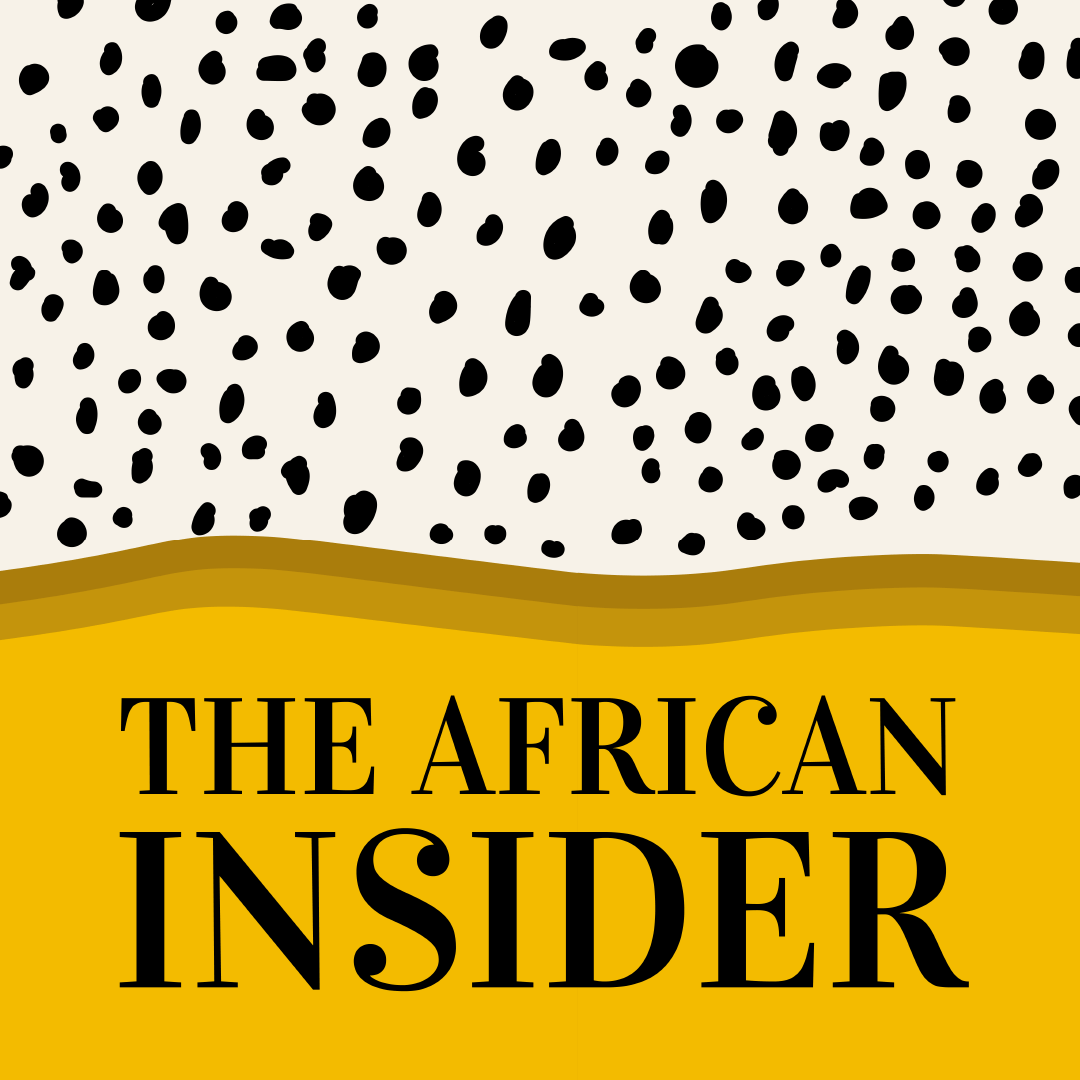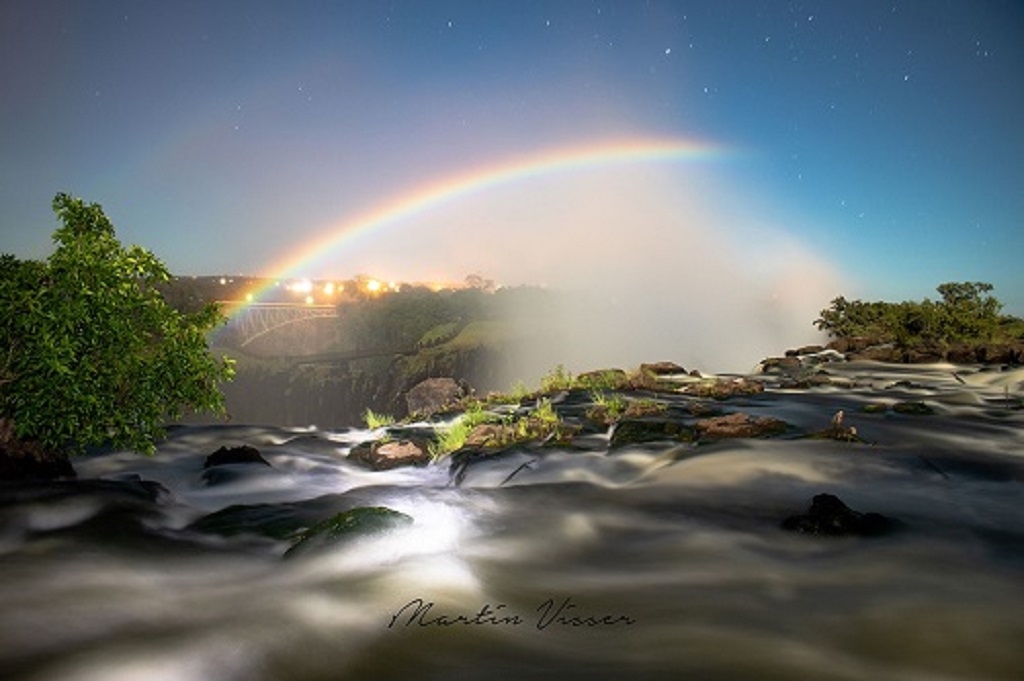
What is a lunar rainbow?

Source | Unknown
Also called a moonbow, lunar rainbows have been mentioned since Aristotle’s Meteorology (circa 350 BCE). Just like its day-time equivalent, the lunar rainbow is created as light is refracted through water particles in the air, but instead of the light source being the sun, it’s the moon.
To the human eye, lunar rainbows are much fainter than their day-time forms because less light is reflected from the moon’s surface as compared to the sun. Only when the moon is full and the skies cloudless will a moonbow be seen. And it will always occur in the sky opposite from the moon in relation to the observer.
Due to the weaker light, it can be difficult to discern the colours in a moonbow. Sometimes, they can appear to be washed-out and white, without the typical, concentrated colours of a day-time rainbow. This varies according to your own night vision and the number and responsiveness of colour-sensitive cones present in the retina of your eyes. The vibrant colours of a lunar rainbow, however, do show very clearly in photographs with a long exposure. So for the avid photographer this is particularly exciting and challenging.
When is the best time of year to see a lunar rainbow?

Source | Scolopendra33
This comes down to a combination of factors:
- Enough spray to refract the moonlight.
- Not too much spray to block out the falls or moonlight.
- The nights of a full moon, as well as the days before and after.
- Clear skies, so the moonlight is not diffused by clouds.
These element culminate best best in June, July and August – Zimbabwe’s winter months – with clear skies on the whole and good water levels. However, you’re still able to see the moonbow in other months.
February and early March have the right water levels but have higher chance of cloud cover. April and May have high-water flow months, with a terrific amount of rising-spray, which is great for big and strong moonbows, but with so much spray it can block out the background somewhat. The high rising cloud of spray can even obscure the moonlight, depending on the wind direction. In the dry season, from September to December, there’s often little spray. It’s only possible to see the moonbow from certain viewpoints but not all.
Where else can lunar rainbows be seen?
Victoria Falls is the only location in Africa and just one of a handful of places on earth where the impressive natural phenomenon of the lunar rainbow can be witnessed. You can visit these powerful waters, a cascade of the Zambezi River, in either Zimbabwe or Zambia. However, the falls are only open for evening guests on the Zimbabwe side. In the USA, moonbows can be seen in Lower Yosemite Falls, Jerome in Arizona, Niagara Falls, Cumberland Falls and Waimea Canyon State Park in the Hawaiian Islands. Skogafoss in Iceland and Wallaman Falls in Queensland, Australia are also sites of lunar rainbows.
Spray moonbows are also seen with some regularity in the cloud forests of Costa Rica, in mountain towns like Monteverde and Santa Elena. These occur when clouds of mist are blown in from the Caribbean by the Christmas Winds. These clouds of mists create a streaming pattern of stripes giving rise to their popular name in Spanish, pelo de gato (cat’s hair). Moonbows happen in this part of Costa Rica almost every full moon in the months of December through February. Similar bows are occasionally seen from the Big Island of Hawaii.
Want to experience the Victoria Falls lunar rainbow for yourself? Simply send us a message and we’ll tell you how you can include it in a dream African adventure. While you’re in Zambia, you should probably also check out Africa’s ‘other’ great wildebeest migration.

